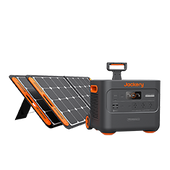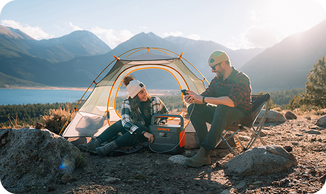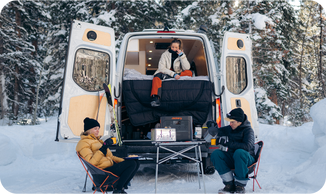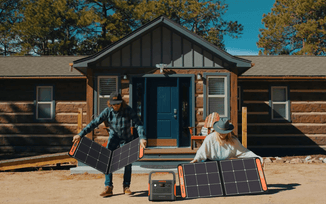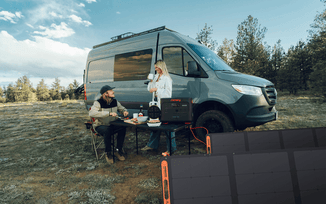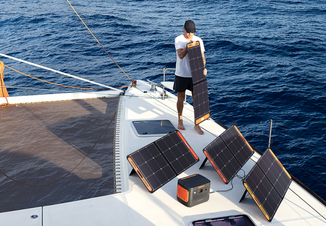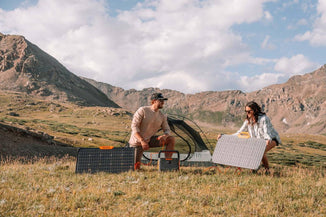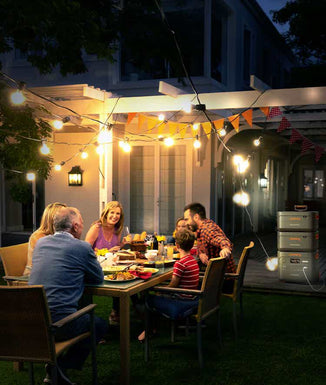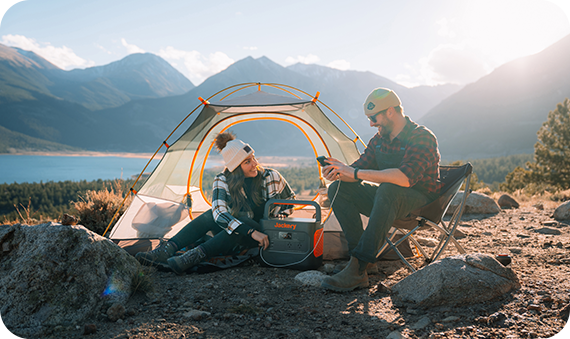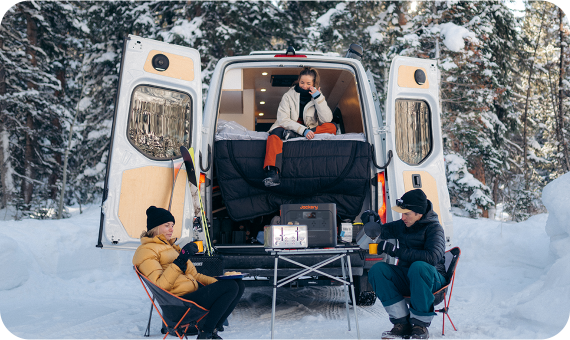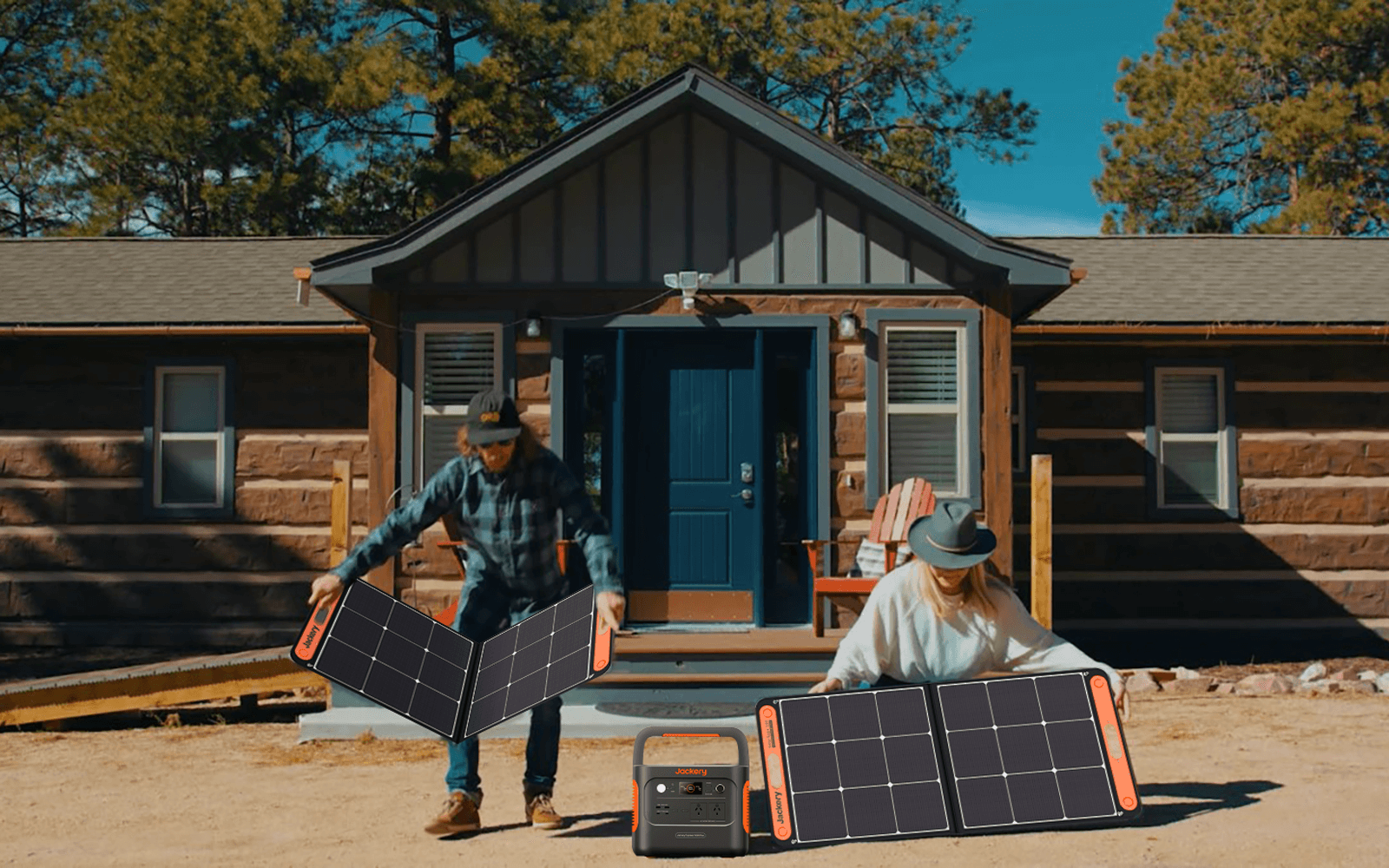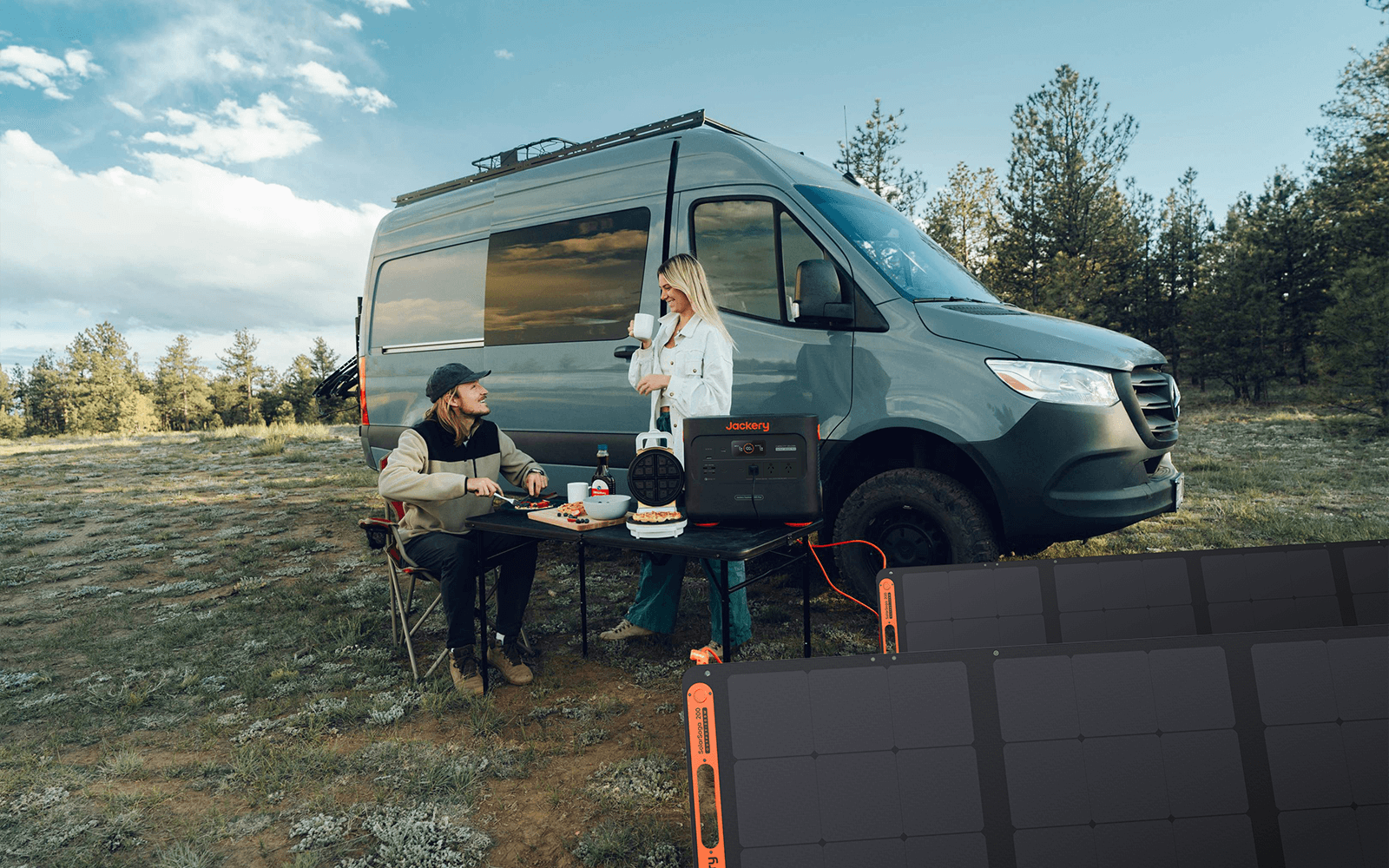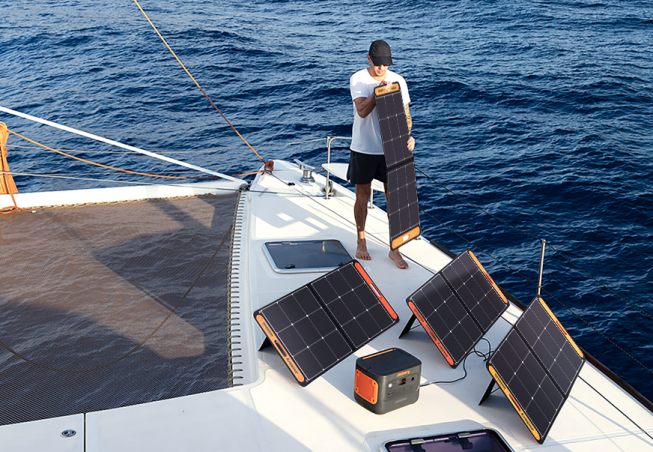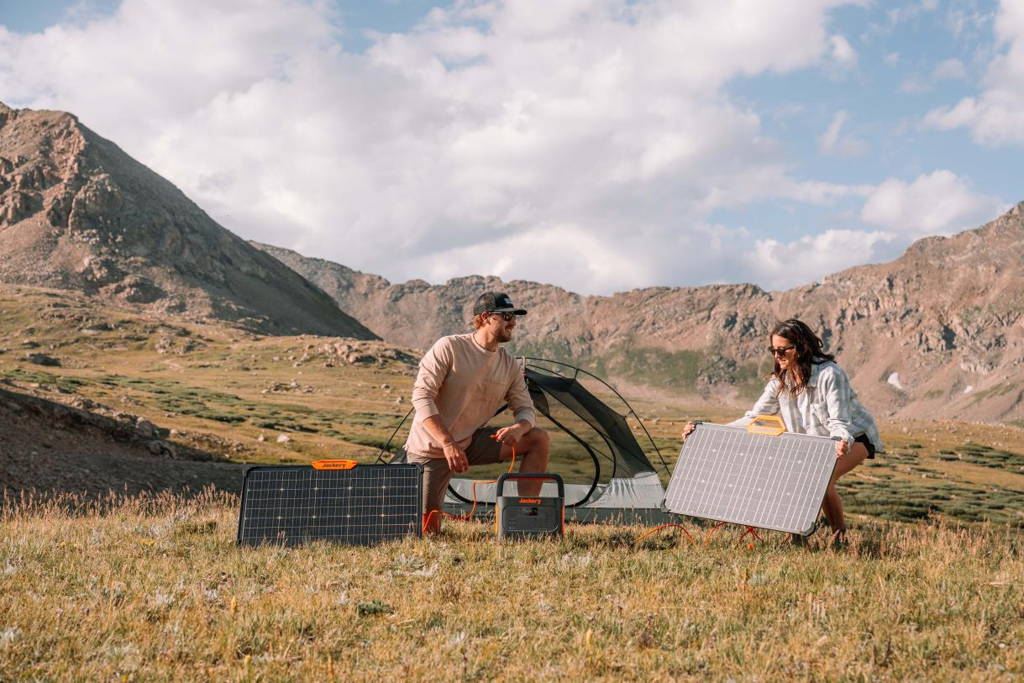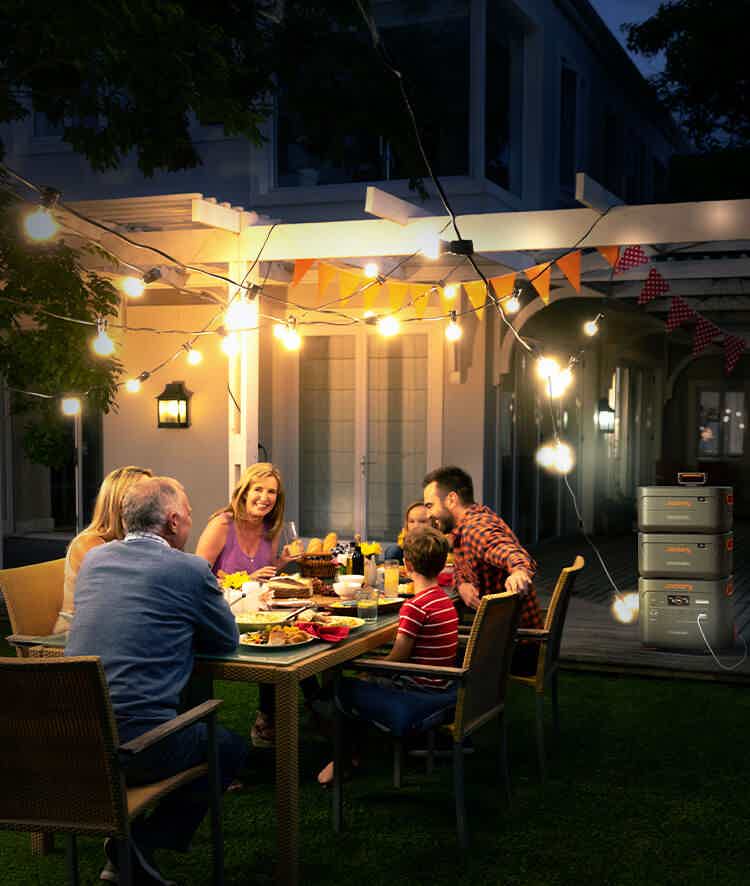|
Key Takeaways: |
|
- Nature Photography captures and presents the natural world's diversity, beauty, and magnificent views using digital and analogue film. - Various types of nature photography include landscape, wildlife, botanical, and environmental photography. - Detailed list of equipment for nature photography. - Tips and tricks for beginners in nature photography. - Brief introduction for some of the recommended locations all over the world. - When nature photo shoots outdoors, sufficient electricity is far more critical. Hence, we recommend the Jackery Explorer 600 Plus as portable power solutions that provide consistent and stable electricity for nature photography.
|
What Is Nature Photography?
Nature photography captures the splendour and beauty of the natural world. It is the art of using digital and analogue film to capture and present its diversity, beauty, and breathtaking views.
For some, this may be a cardinal sitting in Vermont pines, a whale breaking the water's surface off the Cape Cod shore, or the sun setting behind the snow-capped peaks of the Rocky Mountains. Nature photography takes pictures of plants, animals, landscapes, and close-ups of textures and natural sceneries. It's about expressing the spirit of the natural world and its inhabitants, narrating the tales of specific species, varied ecosystems, and elaborate floral designs. There are two uses for nature photography.
It enables us to recognise the beauty of everything in our world, from delicate butterfly wings to mighty mountains. It also significantly impacts conservation and environmental consciousness. Bringing its wonders to people's doorsteps cultivates appreciation, respect, and a desire to preserve the environment for future generations.
Types of Nature Photography
There are numerous subgenres to explore within the broad and fascinating topic of nature photography. Because of its unbounded beauty, photographers have endless opportunities to capture the essence of the natural world. Each subgenre highlights the various wonders of nature by providing a distinct viewpoint and creative approach.
Nature photography themes might include flowers in your neighbourhood park, a bird sitting outside your bedroom window, or scattered leaves on the sidewalk on your way to work.

1. Landscape Photography
Landscape photography has attracted explorers, travellers, and nature enthusiasts for decades. As an art form that involves photographing a complete scene, it necessitates a sharp eye for composition, a thorough understanding of photographic concepts such as the rule of thirds, and some technical expertise in employing specific lenses to capture the entire landscape.
The main goal of landscape photography is to capture the majesty of expansive and picturesque vistas. It's the art of using a camera to paint a picture of the Earth, complete with fields, rivers, mountains, and forests. The photographer's task is to listen to the tale that each landscape has to tell and turn it into an image.
2. Wildlife Photography
Wildlife photography aims to document animals' behaviour and way of life in their natural environments. You can take pictures of various animals, such as elegant dolphins swimming across the ocean, colourful birds soaring above the jungle, and majestic cats wandering the savannah. In this game of patience and accuracy, photographers must blend into the background and wait for the ideal image.
To get the ideal wildlife photo, wildlife photographers need to know how animals behave to anticipate and capture special moments, have a good lens to zoom in on distant subjects, and be prepared to work in demanding outdoor conditions.
3. Macro Photography
In essence, macro photography uses a macro lens to make small objects appear large. It explores a world invisible to human sight, displaying the fine details of everything from flowers to insects. Macro photography provides a new perspective, like seeing through a magnifying glass. The world of macro photography is small and complex. Photographers who enjoy the little things in life are typically drawn to macro nature photography, which enlarges small subjects to life-size or more.
4. Environmental Photography
Environmental photography aims to document the interaction between people, the natural world, and the environment, frequently highlighting the effects of human activities on the Earth. This type of photography can document landscape changes, bring attention to environmental issues, or highlight the diversity and beauty of natural areas.
Environmental photography may be a potent weapon for change, encouraging people to interact with and care for the environment. In addition to recording the planet's current condition, it may also record its future.
5. Astrophotography
Astrophotography is popular among romantics, escapists, and stargazers because of its thrilling capacity to depict a world other than the one you are most familiar with. Photographing celestial phenomena such as planets, stars, galaxies, and the alluring beauty of the night sky is the main focus of this type of astrological photography.
Astrophotography requires specialised equipment, such as a camera with a powerful enough lens to capture the night sky and a firm understanding of photography and astronomy.
6. Aerial Photography
Thanks to aerial photography, we can see the world from above. This technique transforms landscapes into abstract works of art. It provides a unique viewpoint that is usually inaccessible, capturing the planet's splendour from above.
7. Botanical Photography
Botanical photography captures the essence, beauty, and details of flowers, plants, and other plant life. Whether in a studio setting or outdoors, this specialty type of nature photography frequently seeks to highlight the minute details, textures, colours, and shapes of plants.
Botanical photography can be fulfilling and peaceful because it frequently calls for patience and a profound love of nature. It is employed in creative and commercial contexts, such as books, magazines, and botanical prints, and for scientific objectives, such as cataloguing plant species.
8. Underwater Photography
Conversely, underwater photography transports us to the enigmatic depths of lakes and oceans. It displays the beauty beneath the surface, revealing a world of colour and energy.
Nature Photography Equipment
Nature photography requires the proper equipment to capture the beauty of the natural world. Here's a guide to the necessary equipment for nature photography:

DSLR Camera
A DSLR camera is essential if you want to improve your wildlife photography. With DSLR cameras, you can fully adjust the light sensitivity, shutter speed, and other camera settings. This customisation is beneficial if you want to take pictures of wildlife or landscapes in low-light conditions. A slower shutter speed or higher ISO will help capture as much light as possible in the image.
Tripod
To become a superb wildlife photographer, you will probably need to shoot in low light, such as early dawn. However, creating a career by taking bright and midday pictures is not impossible.
However, you must purchase a reliable tripod to catch those vibrant colours at sunrise and dusk. Stability, lightweight, durability, and ease of use are crucial when selecting a tripod. You don't want to carry a bulky tripod with your camera equipment because it might grow heavy.
Conversely, you don't want something fragile that will topple over or wobble in a light wind. You will appreciate having a tripod with a large telephoto lens to pivot on when taking pictures outdoors.
Wide-Angle Zoom Lens
A wide-angle lens (around 50mm in focal length) will help you capture the scale of your subject if you want to take expansive landscape photos for your nature photography project. But details are just as important in nature photography as scale. Whether you want a broad view of a level grassland or want to focus on an animal moving across it, a good zoom lens is a terrific way to capture the subtleties of any photo.
Jackery Portable Power Stations
Your camera needs to be charged before taking fantastic nature pictures. While your backup batteries are charged, you can capture images with your camera, but using a camera charger is the ideal option.
While touring, you'll need to find out how to keep the batteries in your phone, drone, GPS, and camera charged. One of the easiest ways to do this is to get a portable power station. These safely, silently, and cleanly charge various gadgets using the sun's energy. Jackery is the perfect travel buddy, by the way. Photography may be made more powerful and enjoyable with Jackery Portable Power Stations.

Other Camera Accessories
There are more camera accessories that you will need during your nature photography:
Battery Grip: Having your lone battery die on you after travelling to a beautiful destination might be frustrating. Get some extra batteries and a battery handle for your camera. They carry two batteries, allowing you to shoot for twice as long. You can always have an additional charged battery in the inside pocket of your jacket to prevent it from dying in cold weather. Cold temperatures can quickly drain the life of your battery.
L Bracket: An L bracket was a brilliant idea for a tripod mount. They attach to the base of your camera and allow you to switch between horizontal and vertical images rapidly.
Remote or Cable Release: When you get to that stunning spot and want to take the ideal picture, the last thing you want is your sharpness to be ruined by a camera shake. A remote control or cable release lets you take the perfect photo without interfering with the camera.
Setting a timer is always an option, but it quickly becomes stale if you don't have one. Some cable releases will require longer than 30 seconds of exposure because many cameras only permit 30-second exposures.
Lens Cleaning Cloth: There aren't many more unpleasant things than discovering your lens is dirty after returning home with a memory card full of stunning pictures. It should go without saying, but keep your lens clean while in the field. The front of your lens is drawn to dust and moisture like magnets. If you've ever taken pictures at the foot of a big waterfall, you'll wish you had a pocket full of cleaning supplies.
Camera Bag: Many people take a decent camera bag for granted. It is invaluable because it will safeguard your costly equipment and house all your fantastic cameras, lenses, and accessories in one location. Choose a bag that may be used as a carry-on if you intend to travel by rail, bus, or aeroplane for wildlife photography.
Jackery Portable Power Stations for Nature Photography
Nature photography often requires long hours in the field, waiting for the perfect light or wildlife behaviour. Portable power stations ensure that cameras, laptops, and other essential equipment remain powered throughout these extended sessions.
Many breathtaking natural landscapes are far from traditional power sources. Portable power stations, like Jackery Portable Power Stations, allow equipment to be operated in these remote areas, allowing photographers to capture unique and stunning images.
Jackery Explorer 600 Plus
The Jackery Solar Generator 600 Plus is the perfect blend of portability and durability. With a compact size of just 30 x 21.9 x 19.7 cm and a weight of 7.3kg, it's easy to store and transport. Its rugged design and fireproof materials ensure reliability, while a foldable handle makes it effortless to carry wherever you go for nature photography.
Despite its small size, the Explorer 600 Plus has 800W output power and a 632Wh capacity. It supports many devices, from smartphones to cameras, making it ideal for outdoor photography.
A complete charge in 1.6 hours, enhanced battery pack lifespan by 30%, designed for long-term reliability. Achieve a full charge from 0 to 100% in one hour, ensuring emergency readiness. The app enables the Emergency Super Charging mode, and the Fast and Quiet Charging modes offer enhanced battery protection.
The Explorer 600 Plus's UPS function is compatible with specific desktop computers that require an uninterruptible power supply within 20 milliseconds. These include the HP Z230 and ResMed AirSense 10, which Jackery's Lab has evaluated. Compatibility must be assessed before use to guarantee optimal functionality.

Tips for Nature Photography
Please take ethical pictures. Everything you bring in should be packed out. I can't even begin to count the number of stunning, well-known locations where I have seen trash strewn about. Let's use an illustration. Please don't bother with the animals we are photographing. Regardless of the picture you took, it is unlawful to call, bait, chase, or otherwise disturb wildlife.
There are a few things to consider when shooting outside. Nature photography sessions are always unique because of lousy weather, shifting light, and recalcitrant creatures. Shooting outside forces you to step outside of your comfort zone, both creatively and physically, if you're accustomed to working in a studio.

Tip 1: Planning Ahead
Before you put on your hiking boots and hit the trails, research and organise your outdoor shoot, including choosing the best time of day and lighting. Morning and evening light are generally the finest for photographing the natural environment since they are softer and without the harsh shadows of daytime—be prepared to set your alarm for 5 a.m. rather than 8 a.m.
Planning also ensures that you have the correct equipment. The weather can change quickly outside, and you do not want to be unprepared. Getting the proper clothing, gear, and equipment is critical. Always include something waterproof to protect your gear.
Tip 2: Outdoor Exposure
Finding the correct exposure is one of the most challenging aspects of shooting outside. A cloud moving overhead could rapidly cause your photos to be underexposed due to the lack of light. Checking your exposures frequently while shooting and not deleting any images before viewing them indoors are two easy ways to address this.
Technical know-how is also helpful in this situation. Davidson notes it's simple to become enthused or sidetracked when filming outside. Therefore, you can save yourself in the long run by practising your technical abilities until they become second nature. Nothing is worse than spending an entire day taking pictures and then discovering that they are all either overexposed or underexposed.
Tip 3: Understand the Environment
Another crucial component of outdoor photography is respecting and comprehending the place you photograph, whether it is your backyard or a remote area you have backpacked to see.
Always apply for filming or photography licenses if needed, stay on the trails, and leave the environment as clean as you found it. One of the most serious risks to wildlife photography is overuse, so if you're going through a field of Alpine flowers, stick to an established trail because it can take decades for them to grow a few inches.
Tip 4: Get Started
Take macro or close-up pictures of the plants in your neighbourhood or backyard.
Close-up shots of textures such as spider webs, leaves, tree bark, or flowers
Practice utilising a quick shutter speed when photographing local birds.
Go to local natural locations and capture pictures of the entire landscape.
Utilise the sun or moon to create natural darkness, directly or indirectly.
Turn the "Golden Hour" into your closest companion.
Tip 5: Join Nature Photography Group
If you use social media, consider joining a Facebook group dedicated to nature photography, like Bird Photography Australia, to observe other people's activities. It's a fantastic resource for finding inspiration and learning about how others accomplish their goals—and where to go for specific objects to take pictures of!
Tip 6: Pay Attention to the Timing
You may discover specific periods of the day or even seasons ideal for your type of photography. Are you into Astro? You can only see the Milky Way in Australia from roughly February to October. Are you interested in filming Rainbow Bee Eaters in South Australia? They are only here from roughly November through March.
Nature Photography Locations Recommendation
There are many amazing places in Australia to take pictures of nature, from rugged coastlines and ancient forests to unique wildlife habitats; each one offers something different. Here are some of the recommended locations for nature photograph:

Great Barrier Reef, Queensland
The Great Barrier Reef is one of the world's most stunning places for nature photography. It is a UNESCO World Heritage Site and the most significant coral reef system on Earth, spanning more than 2,300 kilometres along the Queensland coast. With its varied marine life, breathtaking island scenery, and underwater coral gardens, this dynamic marine habitat provides photographers with countless chances.
Uluru-Kata Tjuta National Park, Northern Territory
One of Australia's most famous destinations for nature photography is Uluru-Kata Tjuta National Park. The Uluru (Ayers Rock) and Kata Tjuta (Olgas) rock formations are part of this UNESCO World Heritage Site, which is situated in the centre of the Red Centre and offers stunning scenery, striking light changes, and profound cultural importance.
Daintree Rainforest, Queensland
One of Australia's most remarkable locations for nature photography is the Daintree Rainforest. This UNESCO World Heritage Site, part of Australia's largest continuous tropical rainforest, is situated in Far North Queensland and is thought to be over 180 million years old. It is a photographer's paradise because of its abundant wildlife, foggy jungle scenery, and striking contrasts between the reef and rainforest.
Bombo Headland Quarry, New South Wales
Bombo Headland Quarry is one of Australia's most remarkable and distinctive spots for nature photography. Photographers who enjoy spectacular coastal landscapes should not miss this surreal location at Kiama on the South Coast of New South Wales, home to tall basalt columns, rocky rock formations, and strong ocean swells.
Karijini National Park, Western Australia
Karijini National Park is one of Australia's most stunning but underappreciated shooting spots. Located in Western Australia's Pilbara area, this ancient landscape—shaped over 2.5 billion years—features magnificent red granite canyons, tumbling waterfalls, emerald-green swimming holes, and rough outback vistas. The deep gorges, rich colours, and peculiar lighting make it a photographer's delight.
Nature Photography FAQs
The following are the frequently asked questions about nature photography.
1. What is nature photography called?
Nature photography is frequently referred to as "nature photography." However, various forms of nature photography are based on subject matter, including wildlife, landscape, macro, botanical, and environmental photography. Therefore, while nature photography is a broad term, it encompasses many specialised sub-genres depending on the photographer's focus.
2. How do I start doing nature photography?
You can start by taking macro or close-up pictures of the plants in your neighbourhood or backyard, making close-up shots of textures such as spider webs, leaves, tree bark, or flowers, practising utilising a quick shutter speed when photographing local birds, going to local natural locations and capture pictures of the entire landscape, utilising the sun or moon to create natural darkness, either directly or indirectly, and turning the "Golden Hour" into your closest companion.
3. Who is the most famous nature photographer?
One of the most famous nature photographers is Ansel Adams, an American photographer and environmentalist widely regarded as one of the pioneers of nature photography.
4. What style of photography is nature?
Nature photography refers to outdoor photography showcasing natural aspects, including landscapes, wildlife, plants, and close-ups of natural textures and situations.
Final Thoughts
Nature photography captures the splendour and beauty of the natural world. It records the beauty of plants, animals, landscapes, and close-ups of textures and natural scenes. Understanding your subjects, waiting patiently for the ideal shot, and experimenting with various viewpoints and angles to acquire the perfect depth of field are some of the most important things to remember when taking nature photos.

